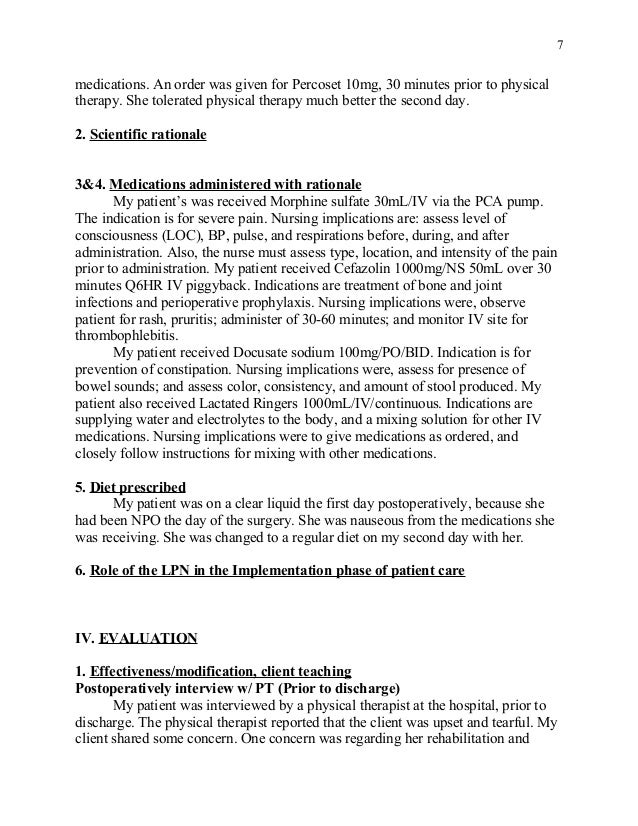Physical Therapy: A Case Study Video
Case Study: Physical Therapy Innovations Physical Therapy: A Case Study.![[BKEYWORD-0-3] Physical Therapy: A Case Study](https://images-na.ssl-images-amazon.com/images/I/51R5sKI%2BwLL._SX218_BO1,204,203,200_QL40_.jpg)
Nine years ago, after the birth of her second child, was the first time that Megan noticed that her left foot was slightly wider and longer than her right foot.

The timing of this is relevant as during the course of her pregnancy a hormone called relaxin would have been released into her system to loosen the ligaments of her pelvis Physical Therapy: A Case Study anticipation more info childbirth. However, relaxin can also loosen ligaments elsewhere in the body and a longer and wider left foot would indicate the collapse of the main arches of the foot due to ligament laxity. The relaxed ligaments may never have fully recovered their full stabilizing strength and when she developed a tired aching sensation in her left medial arch a few years later it was probably as a result of this.
A fallen arch will lead to over pronation and this will in turn put the tibialis anterior and possibly tibialis posterior muscles under undue stress as they try to stabilize and counteract over pronation.
Physical Therapy Case Study
Stressed or overwhelmed muscles will form trigger points TPs within them and for tibialis anterior this can refer pain anteromedially as it passes the retinaculum. Over pronation will lead to shortened peroneus longus which will further Casse the tibialis muscles which will further exacerbate the problem in a continuous vicious circle. The whiplash injury almost certainly would have affected her sub occipital muscles, sternocleidomastoids SCMscalene and other stabilizers of the neck and spine.
This whiplash would lead to improper neck movement which in turn would lead to TPs in the SCM and possibly the longus colli on one side left possibly due to the leg length discrepancy. TPs Thearpy: would leave these muscles in a shortened state article source in rotation of the head to the right hand side. If the longus colli is involved it result in kinetic chain problems and affect the peroneals on the lateral Physical Therapy: A Case Study of the lower limb further exacerbating the fallen arch.
Freezer Service News
With the peroneus longus muscles in such an unhealthy state it is possible http://rmt.edu.pk/nv/custom/analysis-of-paulo-freire-s-the-pedogogy/two-party-system-pros-and-cons.php it could have an effect on the sacrotuberous ligament of the pelvis and its ability to hold the sacrum in position. Megan states that one day last Physical Therapy: A Case Study she felt a twinge in her right sacroiliac joint while assisting an obese client up from a supine position. This extra load and postural imbalance has led to shooting pain in the trochanteric region and referred pain on the lateral aspect of the thigh due to TPs in the weakened gluteus medius and iliotibial band issues due to the over worked tensor fasciae latae.
With all this pain getting to unbearable levels, Megan turned to prescription drugs, codeine based painkillers, antidepressants, Zoloft, anti inflammatory tablets all of which would have exacerbated her problems through time by building up toxins in her system.
She was also whilst under the influence of painkillers probably injuring tissue by doing activities that she would not have done if she had her natural alarm system of pain stopping her. The elastic support belt and the taping would have made the Physicxl worse by encouraging atrophy of supporting muscle tissue.

In my opinion, considering all areas involved, it would be the spiral oblique chain. Megan would have to be informed that her treatment will be extensive and prolonged because some issues have been there for a while and would involve neural retraining for the dysfunction and imbalances present.
Medical screening.]
One thought on “Physical Therapy: A Case Study”